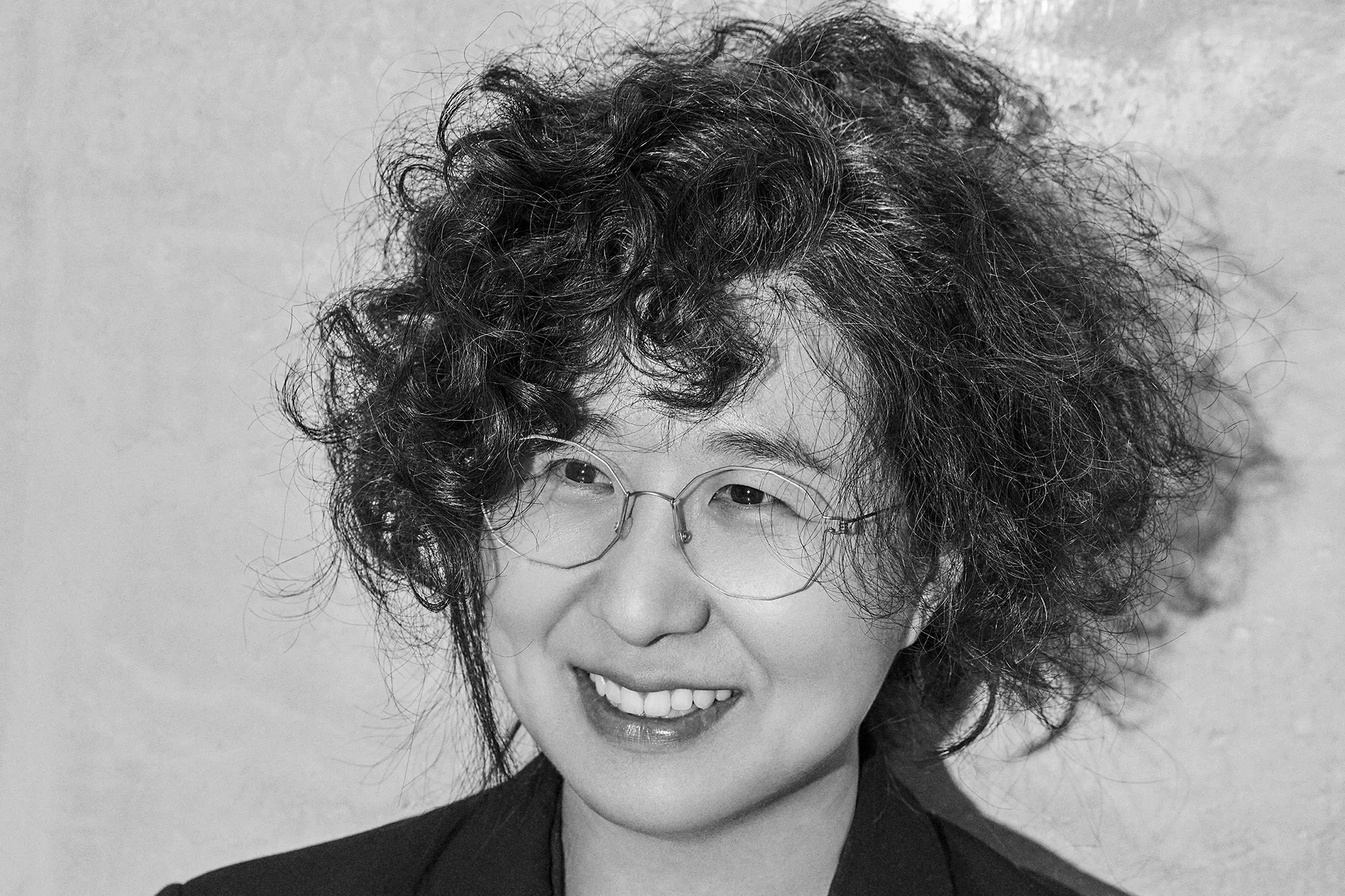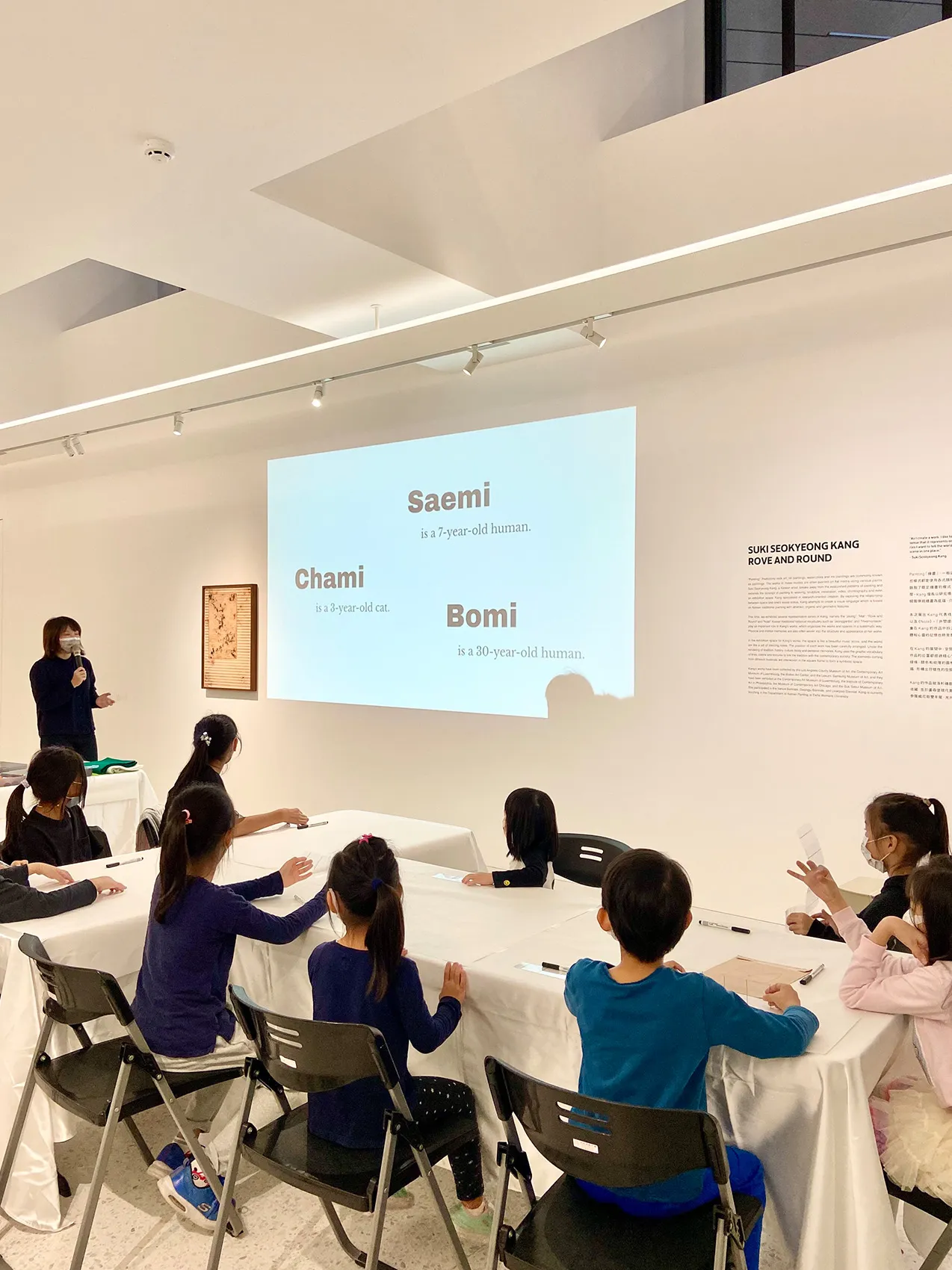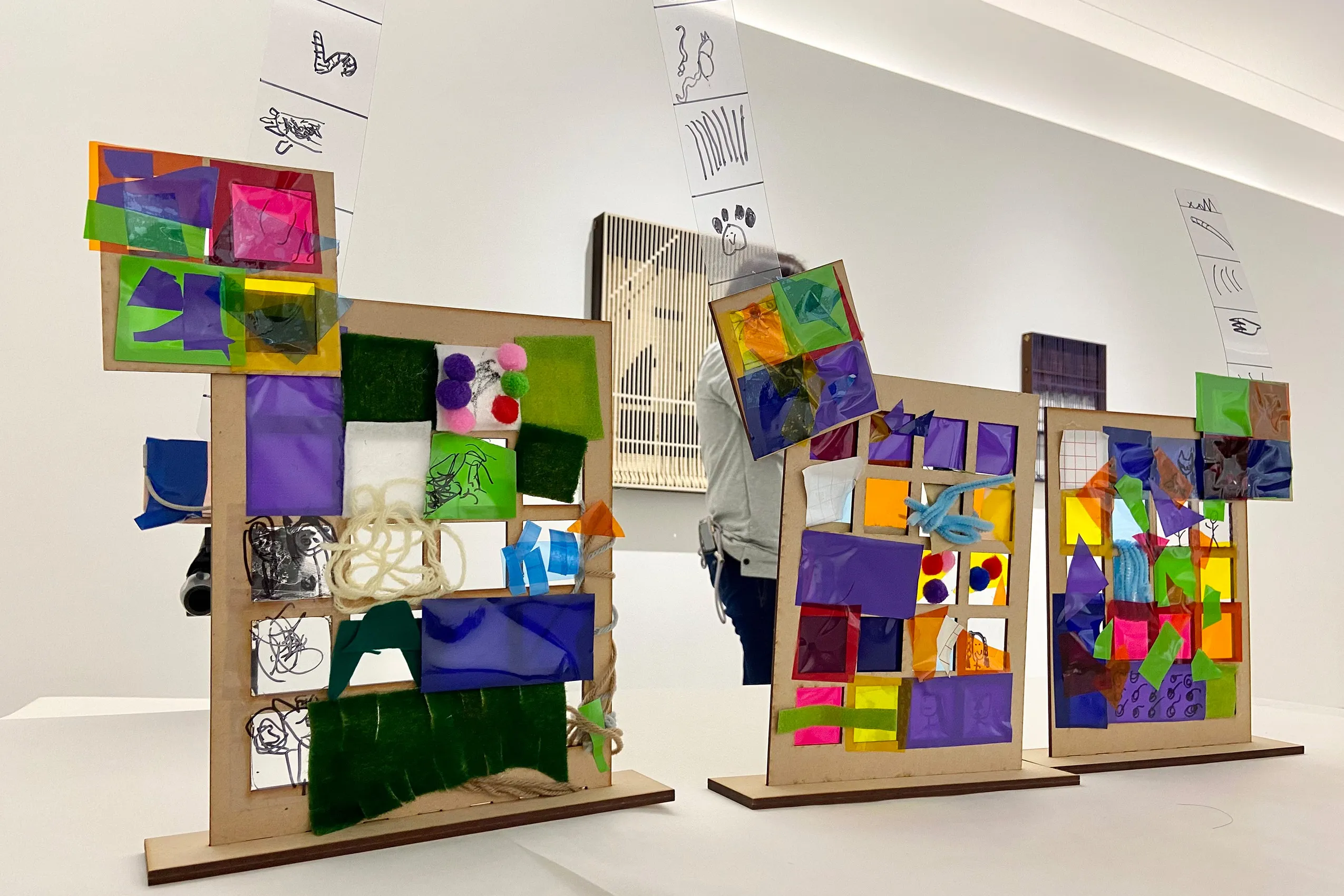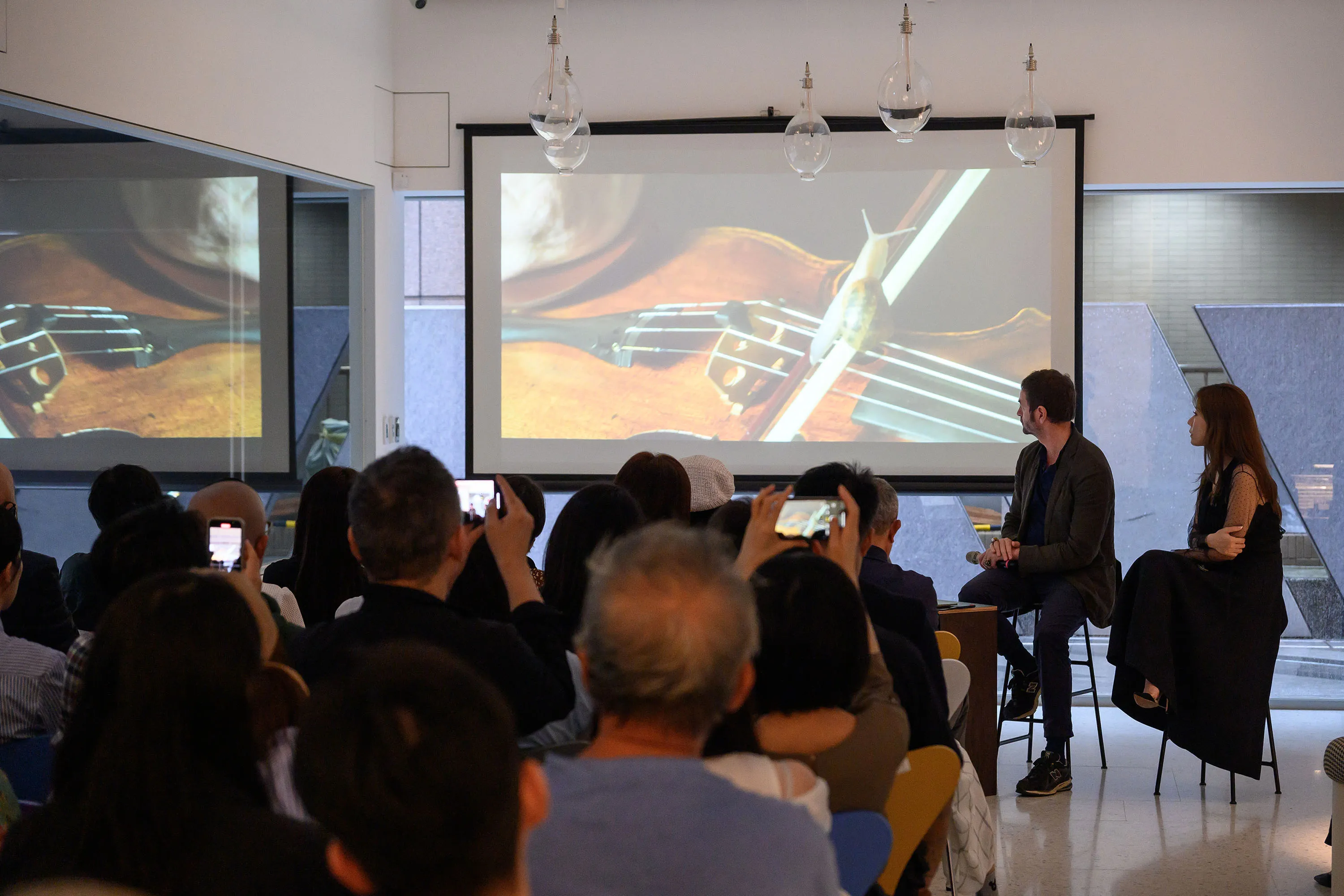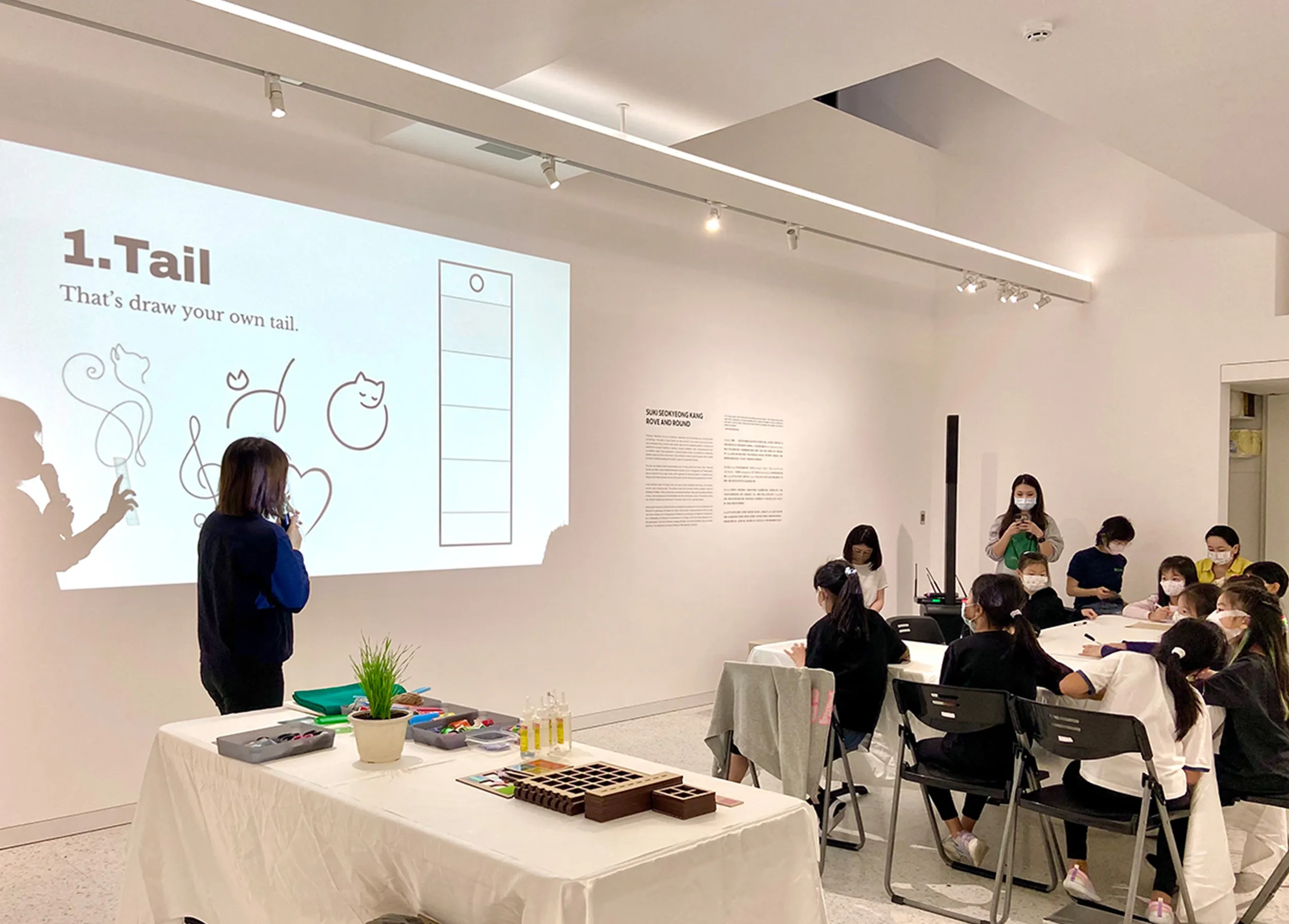
Atelier Programme | Score Play — Children’s Jeong (Landscape) Making Workshop
Speakers
STEAMLab
Cyndi, Graduate Institute of Arts and Humanities Education, Taipei National University of the Arts
Locations
Winsing Art Place (1/F. 6, Lane 10, Lane 180, Section 6, Minquan East Road, Neihu District, Taipei City)
Fees
$750 (including course materials and one bookstore entrance fee)
Ages
Recommended Junior Grade (7-10 years old)
Introduction
What does the square frame represent?
Is it a picture frame? An architectural space? Or perhaps a unique kind of musical score?
How does Korean artist Suki use the square frame in her creative process?
Curated and organized by the Winsing Arts Foundation, the program invites families to embark on a journey through the world of contemporary art. This series of discovery-based courses begins with parent-child reading, offering a fun and inspiring entry point for children. In the upcoming workshop, we will explore the book Square See Triangle, where children will follow the adventures of Chami the cat, using soft yarn, fabrics, and colorful materials to create their own unique musical scores. Through playful interaction with structure, color, texture, and sound, participants will gain a deeper understanding of Suki’s works and the imaginative ways she reinterprets space through art.
Event Recap
“You can't become a cat just by meowing. You have to have a tail.”
“Where can I get a tail?”
“You can buy one at the department store.”
Score Play — Children’s Jeong (Landscape) Making Workshop held at Winsing Art Place, was inspired by the exhibition book Square See Triangle and combined hands-on art-making with interactive sound technology to introduce children to the work of Korean artist Suki Seokyeong Kang.
In collaboration with STEAMLab, the workshop began with a charming story from the picture book, following the characters Chami the cat, Saemi, and Bomi as they explored the whimsical world of the Cat Department Store. To start, children created bookmarks titled “The Four Conditions to Become a Cat”, setting the stage for a creative journey into one of Suki’s key inspirations—the traditional Korean musical notation system known as Jeongganbo. Building on this idea, the children used their imagination to decorate square boards with materials of various colors, shapes, and textures, creating their own version of a “Cat Department Store.” At the end of the session, each child stood in front of a motion sensor, which translated their artwork into unique sounds—transforming each square frame into a playful and vibrant musical composition. Every Cat Department Store came to life with its own melody, turning structure into creativity and sound.
